Increased Healthcare Expenditure
Growing healthcare expenditure across various regions is positively impacting the Magnetic Resonance Imaging Coil Market. As governments and private sectors allocate more funds towards healthcare infrastructure, the demand for advanced diagnostic imaging technologies is expected to rise. Increased investment in hospitals and diagnostic centers facilitates the acquisition of state-of-the-art MRI machines and coils. Data indicates that healthcare spending is anticipated to grow at a steady rate, which will likely lead to enhanced access to MRI services. This trend underscores the potential for expansion within the Magnetic Resonance Imaging Coil Market as facilities upgrade their imaging capabilities.
Rising Incidence of Chronic Diseases
The prevalence of chronic diseases, such as cancer and neurological disorders, is a significant driver for the Magnetic Resonance Imaging Coil Market. As the global population ages, the demand for effective diagnostic tools increases. MRI is a preferred imaging modality due to its non-invasive nature and ability to provide detailed images of soft tissues. According to recent data, the incidence of conditions requiring MRI diagnostics is projected to rise, leading to an increased need for high-quality MRI coils. This trend suggests that healthcare facilities will invest more in advanced MRI technology, further propelling the growth of the Magnetic Resonance Imaging Coil Market.
Emerging Markets and Increased Accessibility
Emerging markets are witnessing a rise in demand for MRI technology, which is influencing the Magnetic Resonance Imaging Coil Market. As economies develop, there is a growing need for advanced healthcare solutions, including diagnostic imaging. Increased accessibility to MRI services in these regions is expected to drive the adoption of MRI coils. Furthermore, partnerships between local healthcare providers and international manufacturers are facilitating the introduction of advanced MRI technologies. This trend indicates a potential for significant growth in the Magnetic Resonance Imaging Coil Market as emerging markets continue to expand their healthcare capabilities.
Technological Advancements in Imaging Techniques
The Magnetic Resonance Imaging Coil Market is experiencing a surge in technological advancements that enhance imaging capabilities. Innovations such as high-field MRI systems and advanced coil designs are improving image resolution and diagnostic accuracy. The introduction of multi-channel coils allows for faster imaging and better signal-to-noise ratios, which are critical for accurate diagnoses. As healthcare providers increasingly adopt these advanced technologies, the demand for sophisticated MRI coils is likely to rise. Furthermore, the integration of artificial intelligence in imaging processes is expected to streamline workflows and improve patient outcomes, thereby driving growth in the Magnetic Resonance Imaging Coil Market.
Focus on Early Diagnosis and Preventive Healthcare
The emphasis on early diagnosis and preventive healthcare is driving the Magnetic Resonance Imaging Coil Market. As healthcare systems shift towards proactive patient management, the demand for advanced imaging techniques, including MRI, is increasing. Early detection of diseases through MRI can significantly improve treatment outcomes and reduce healthcare costs. This shift in focus is prompting healthcare providers to invest in high-quality MRI coils that facilitate timely and accurate diagnoses. Consequently, the Magnetic Resonance Imaging Coil Market is likely to benefit from this growing trend as more facilities adopt MRI technology for preventive care.


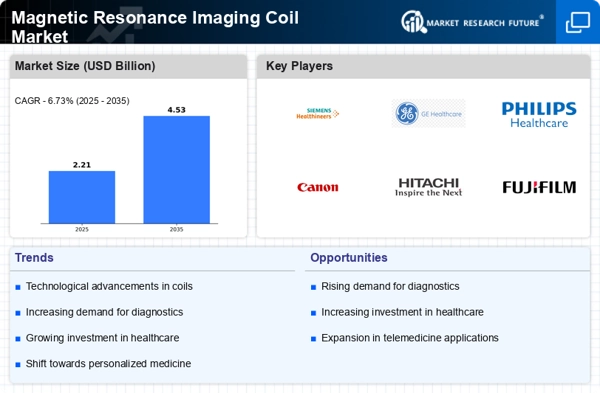
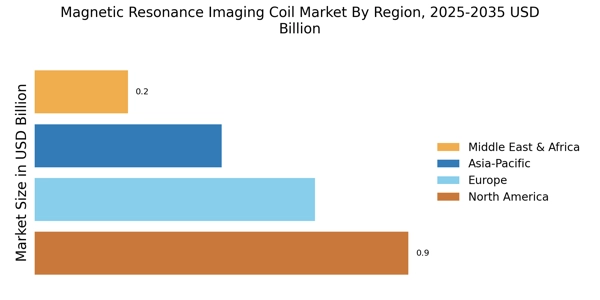
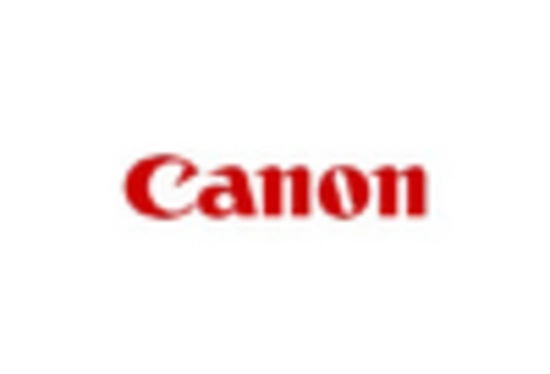
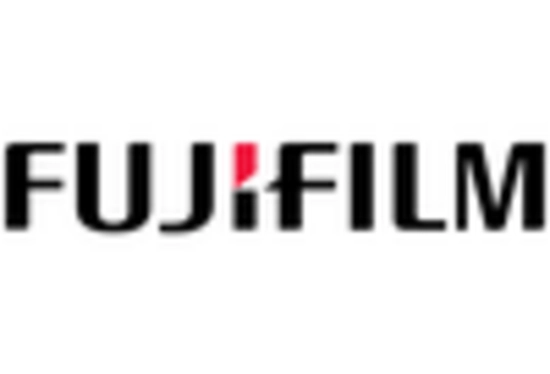

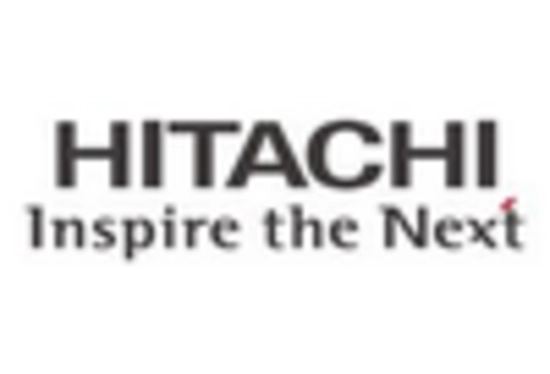










Leave a Comment